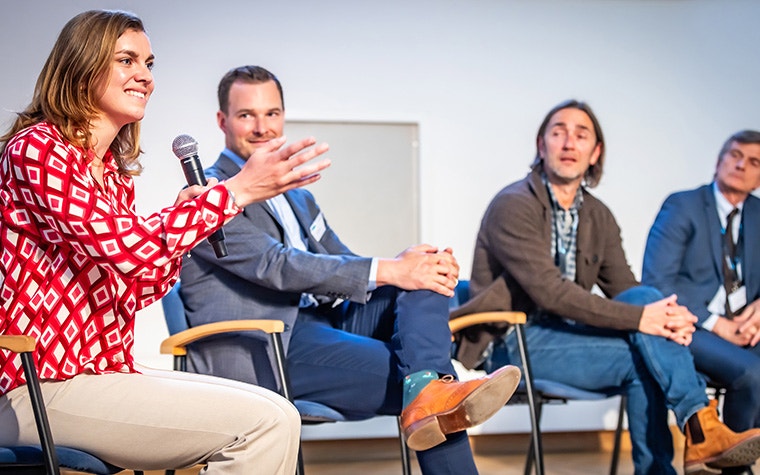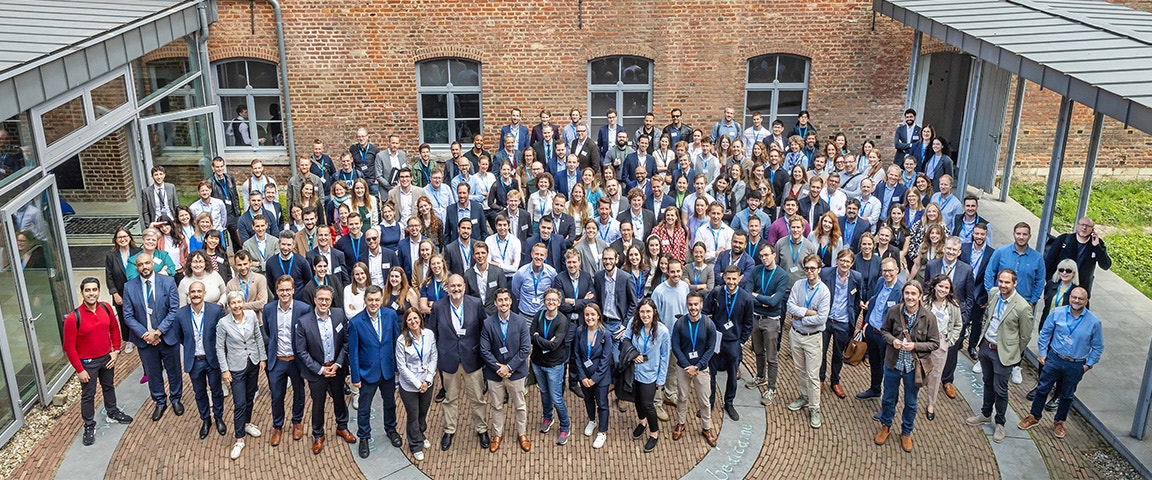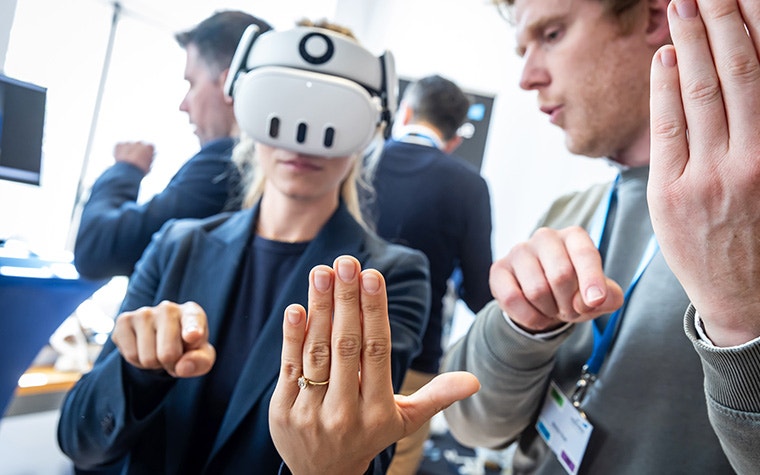EXPERT INSIGHT
Five Key Takeaways of the 3D Planning and Printing in Hospitals Forum 2025

The 2025 3D Planning and Printing in Hospitals Forum, held at the Irish College in Leuven, Belgium, brought together over 150 healthcare professionals, including surgeons, radiologists, and clinical engineers, to collaborate, learn, and share insights. Over two days, the forum explored the growing role of 3D technologies in personalized care.
Here are the five key takeaways from this year’s event:
1. Forging connections to build the future
With palpable excitement felt during the event, the forum highlights the growing community. Many attendees have been coming for years and are enthused to be back with their peers, anticipating a new year that’s even bigger than the last, with collaborative opportunities that can’t be missed.
A key highlight was the European 3D Printing in Hospitals Special Interest Group (SIG) meeting, where members shared project updates, discussed challenges, and aligned on future goals. The SIG’s collaborative framework is helping institutions share knowledge, scale innovation, and implement 3D printing more effectively.
Friday’s hands-on workshops further strengthened this sense of community, bringing professionals from diverse disciplines together to solve challenges and gain practical experience. As Koen Peters, VP of Medical at Materialise, stated, “This forum is about more than technology — it’s about building a shared vision for the future of healthcare. Together, we can achieve more than any one institution can alone.

2. Clinical breakthroughs transform patient care
In his keynote, Dr. David Hoganson from Boston Children’s Hospital called 3D modeling a “game changer. " He explained how it improves surgical precision by eliminating the need to mentally convert 2D scans into 3D visualizations. His team uses 3D models for hundreds of cases per year, leading to shorter procedures and better outcomes.
Another highlight was a groundbreaking case shared by Dr. Jiten Parmar and Lisa Ferrie of Leeds General Infirmary, where 3D planning and printing enabled the minimally invasive removal of a brain tumor through the patient’s eye socket. This reduced surgery time to just three hours and allowed the patient to recover rapidly, walking the same day, and only experiencing minor side effects.
Dr. Chien Nguyen from UMC Utrecht was honored with this year’s Mimics Innovation Award for using personalized 3D solutions for treating complex shoulder fractures, focused on predicting proximal humerus morphology using statistical shape modeling. With this research, he aims to develop a method that is accurate and easily implementable in other hospitals.
3. The key ingredients to successfully running a 3D lab
The importance of in-house 3D labs was a recurring theme, with speakers offering strategies to help hospitals integrate and scale these capabilities. Celine Austrheim Krefting of Oslo University Hospital emphasized the value of demonstrating the benefits of 3D planning and printing for clinicians to secure buy-in. “Once surgeons see the value, they become your biggest advocates,” she said.
Key ideas included selecting the right technology, building multidisciplinary teams, and streamlining workflows to handle growing demand. Following proven strategies, hospitals can establish 3D labs that deliver faster, more personalized care.
4. The path to regulatory and financial sustainability
Adopting 3D planning and printing at the point of care at scale requires navigating regulatory and financial hurdles. Speakers highlighted the importance of building robust quality systems, such as aligning with the Medical Device Regulation (MDR), to ensure compliance. An essential component is a robust case management system, ensuring high-quality delivery and seamless compliance with local regulations.
Matthew Pilley from the University Hospital of Leicester shared how reimbursement frameworks for 3D-printed models are being developed in the UK, a critical step in making 3D technology economically sustainable. Aligning clinical innovation with regulatory and financial frameworks is essential for ensuring the long-term viability and scalability of in-house 3D labs.
5. Shaping tomorrow with bold innovation
The forum explored cutting-edge advancements such as extended reality (XR) and automation through artificial intelligence. These technologies are expanding the possibilities of 3D planning and making personalized care more accessible.
Friday’s hands-on workshops allowed attendees to experiment with XR tools and advanced Mimics software for various applications. These sessions not only enhanced technical skills but also fostered collaboration among participants. As Dr. David Hoganson remarked, “The future of healthcare is personalized. With 3D technologies, we’re not just improving surgeries — we’re reimagining what’s possible for patients.”


A shared vision for personalized medicine
The 2025 3D Planning and Printing in Hospitals Forum was a celebration of progress and a catalyst for future collaboration. From clinical breakthroughs to strategies for scaling 3D labs and addressing regulatory barriers, the event showcased the transformative potential of 3D technologies to make personalized care the new standard in healthcare.
As hospitals around the world adopt and scale these innovations, the vision of accessible, patient-specific care is becoming a reality. See you next year!
L-104786-01
Share on:
You might also like
Never miss a story like this. Get curated content delivered straight to your inbox.
